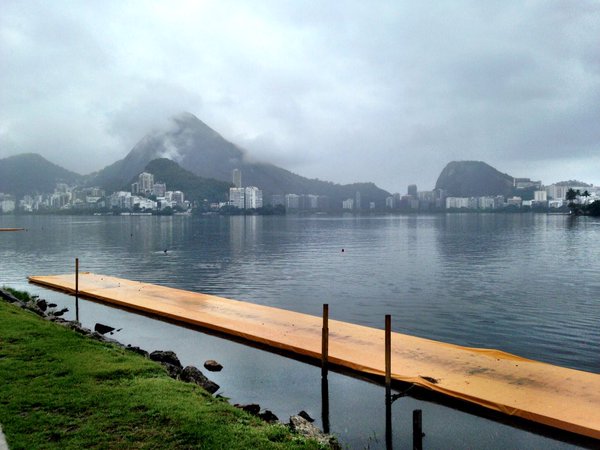Rio de Janeiro: When Olympic sailors compete in Rio the cameras will show a made-for-television scene of sparkling tropical waters and mountains. Luckily, the billions of viewers won’t catch the revolting stink.
More than nine million people live in Rio and towns around the rest of Guanabara Bay. At best only half the sewage they produce is treated before it pours into the city’s watery heart.
Incredibly, the fact that sailors will compete in a giant cesspit — which Brazilian researchers say contains drug-resistant superbacteria — is not their main worry.
It’s the big, floating stuff capable of snaring or even damaging boats and medal dreams that keep athletes like Kahena Kunze and her 49er crewmate Martine Grael up at night.
Because garbage collection in greater Rio is no better than the sewage treatment, the bay brims with plastic bags, bottles, discarded furniture and dead animals.
The New York Times published a picture this week of a bloated human body in the bay. Another body part washed up on Copacabana beach, just outside Guanabara, in June.
“It’s shameful,” Kunze told.
(Sourced from agencies, Feature image courtesy:scoopnest.com)


























